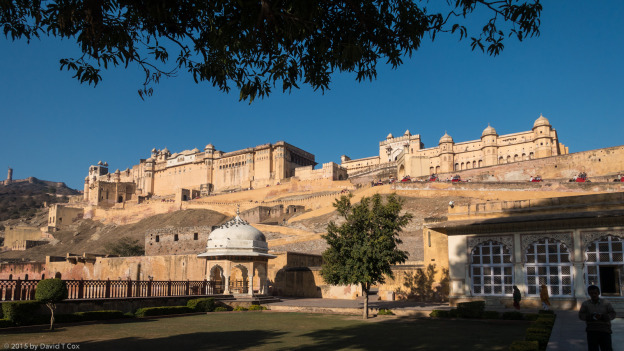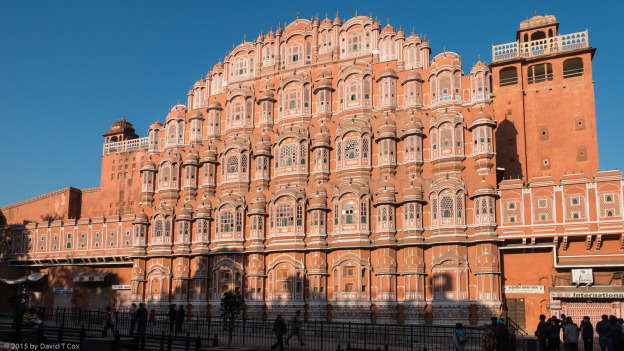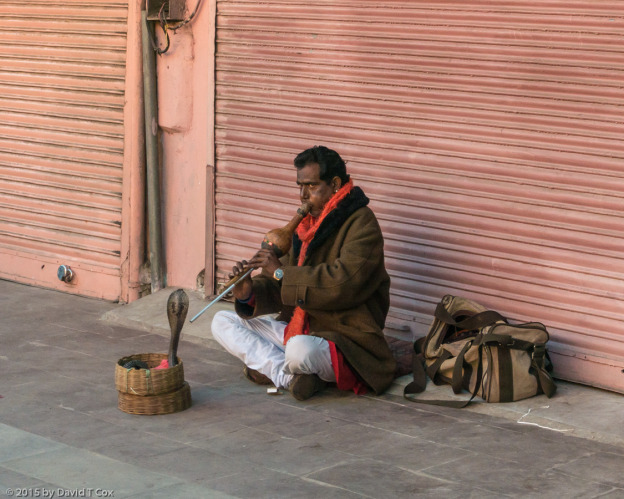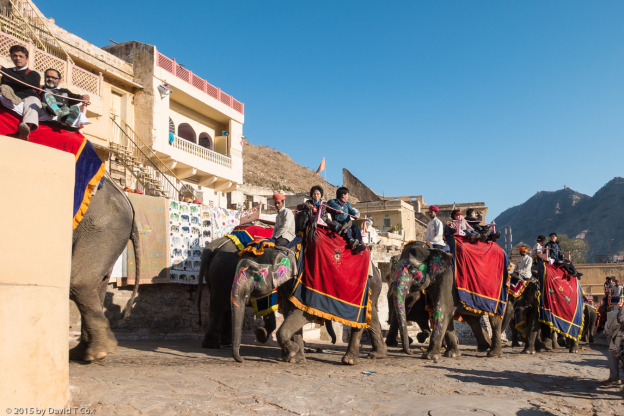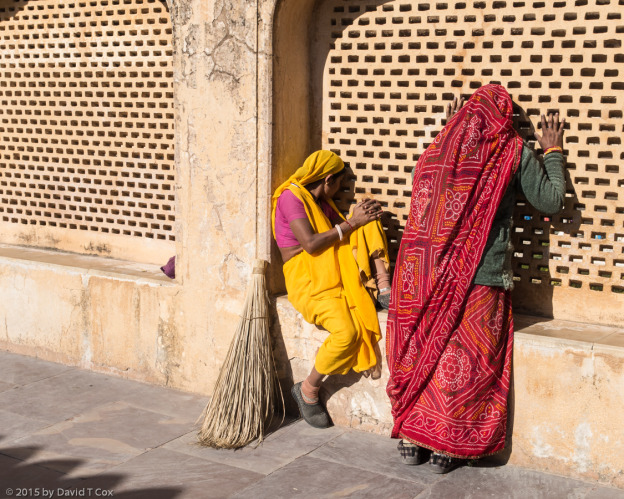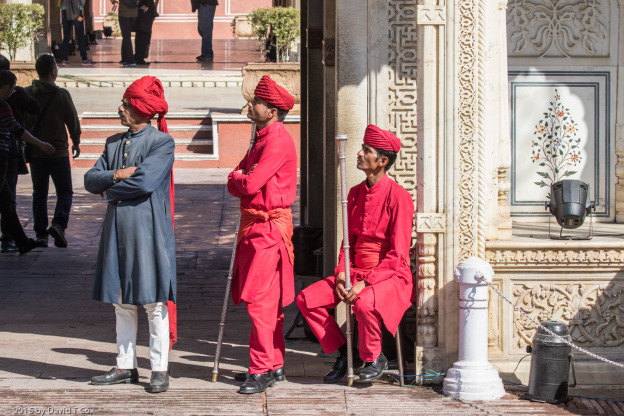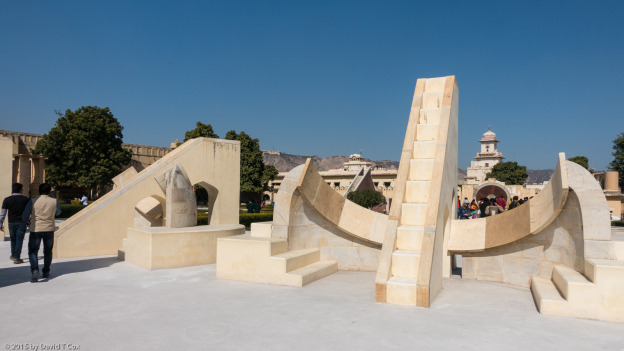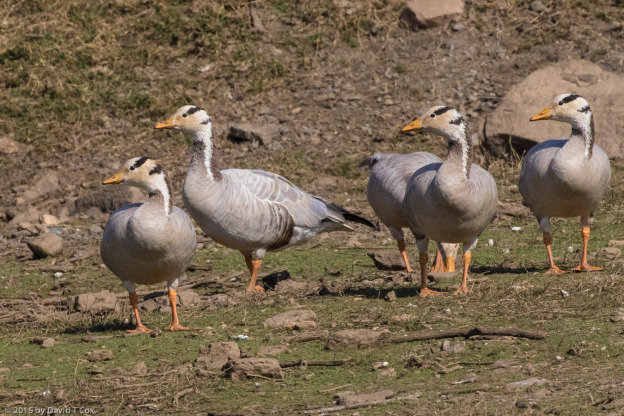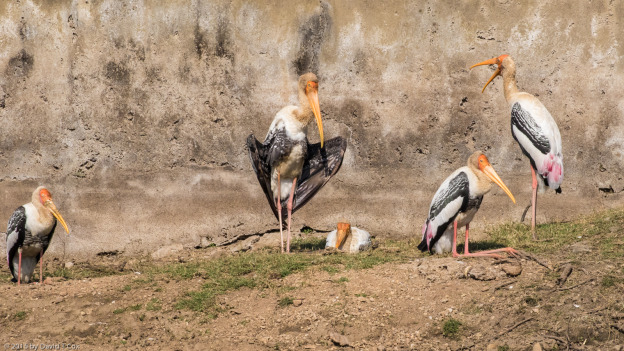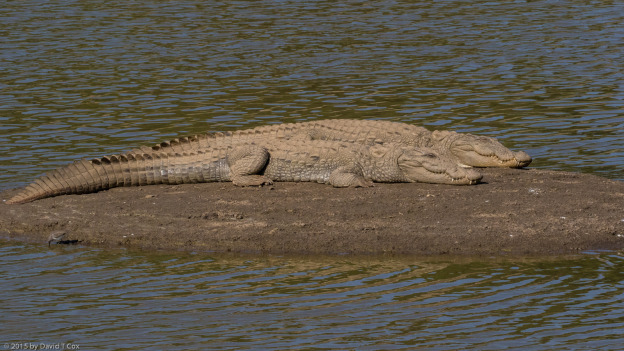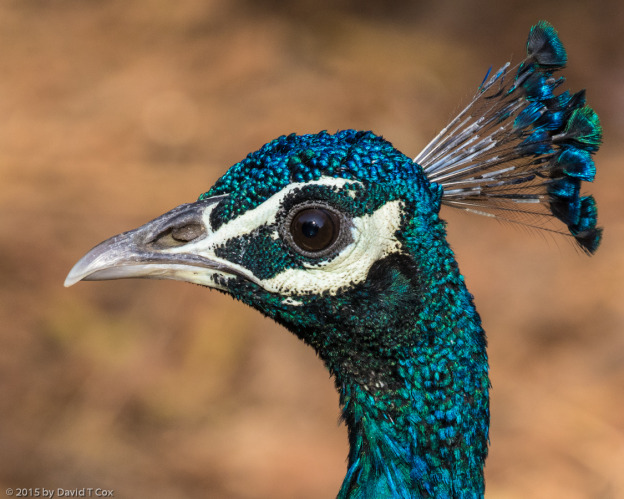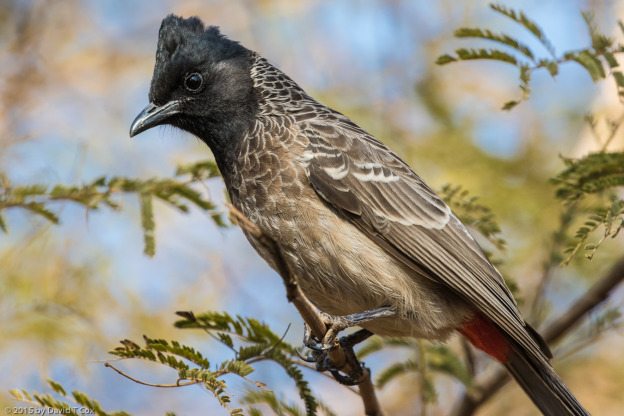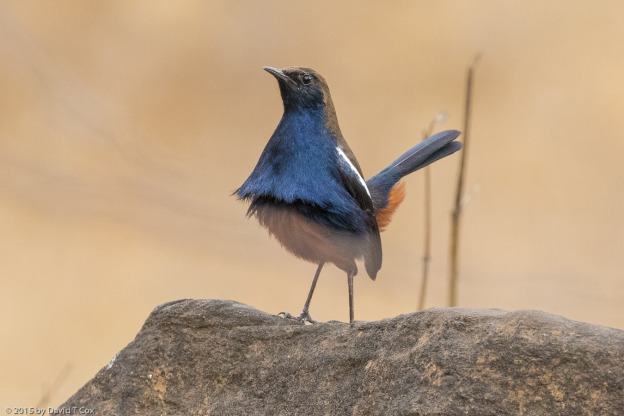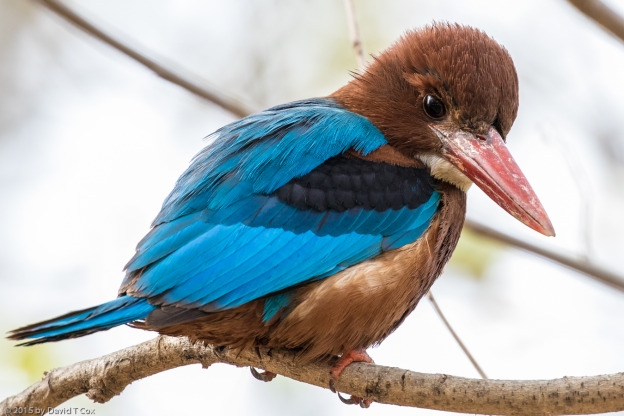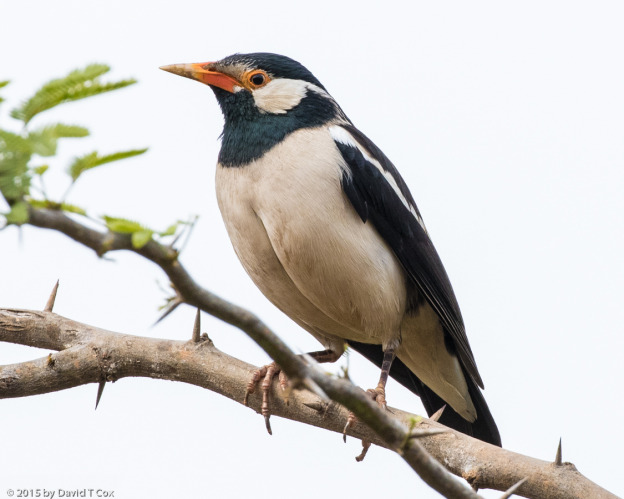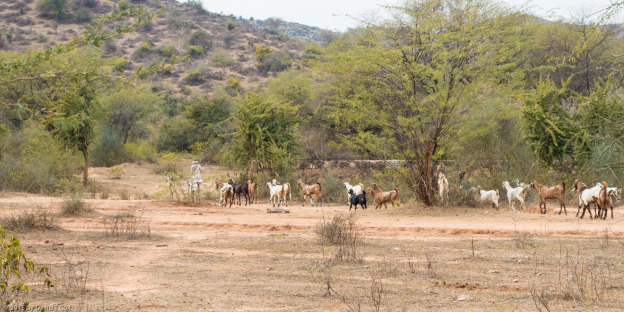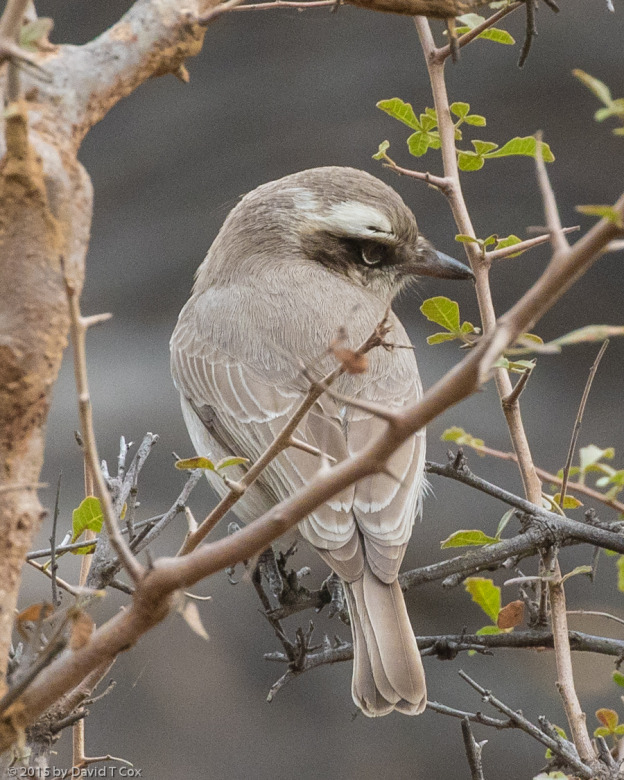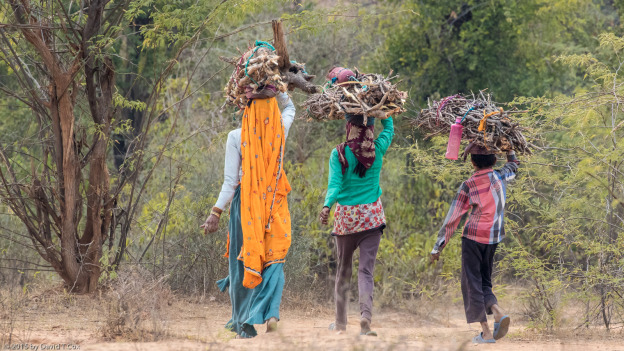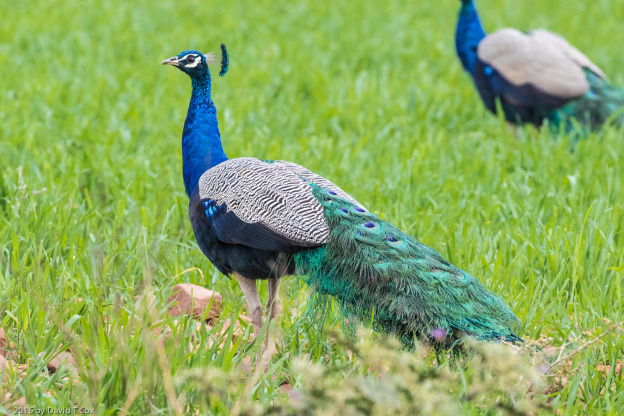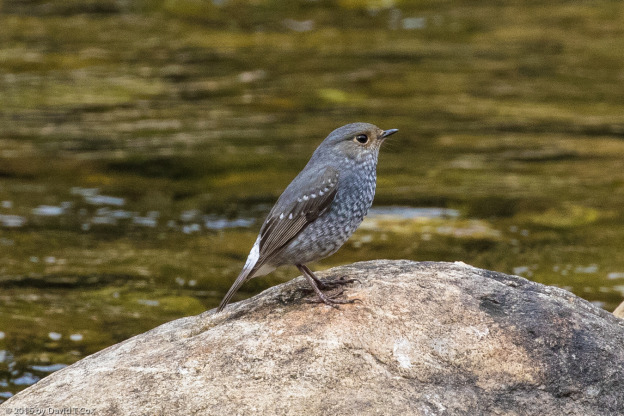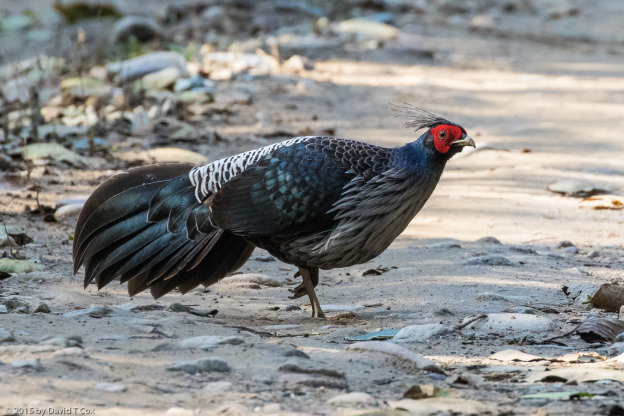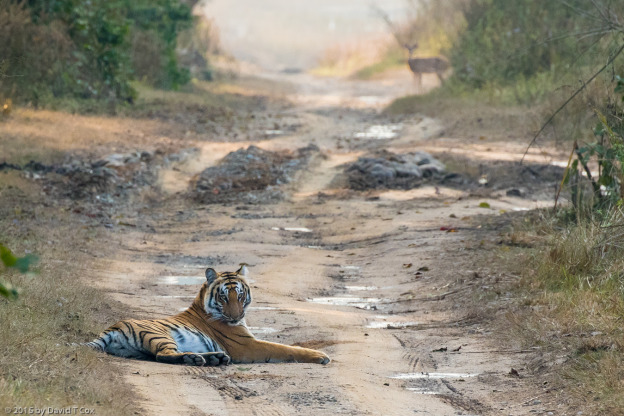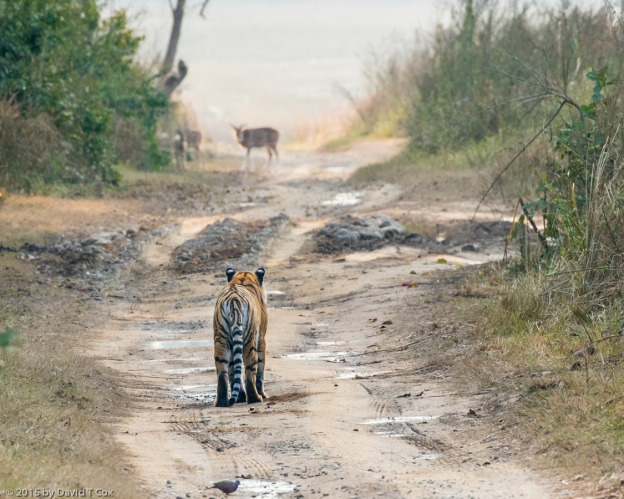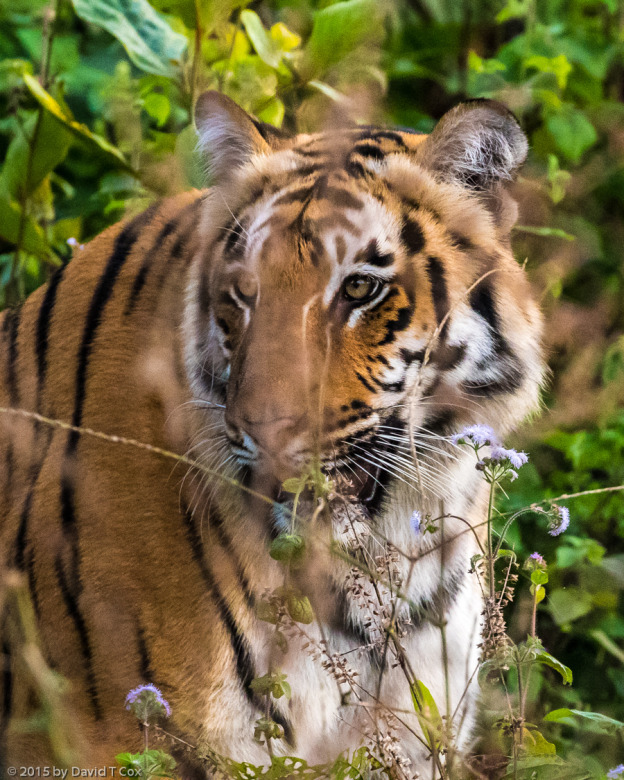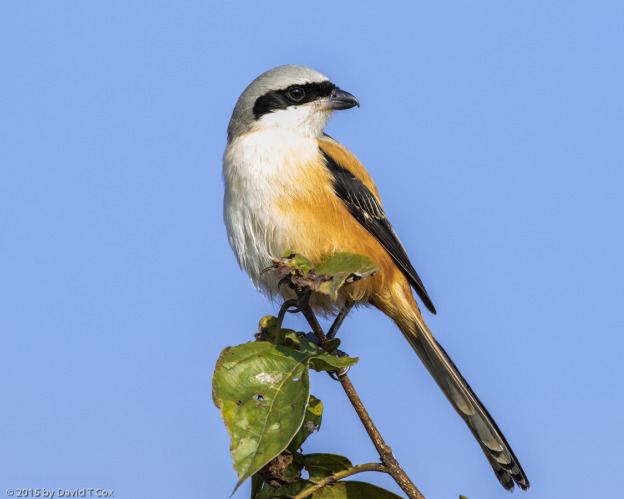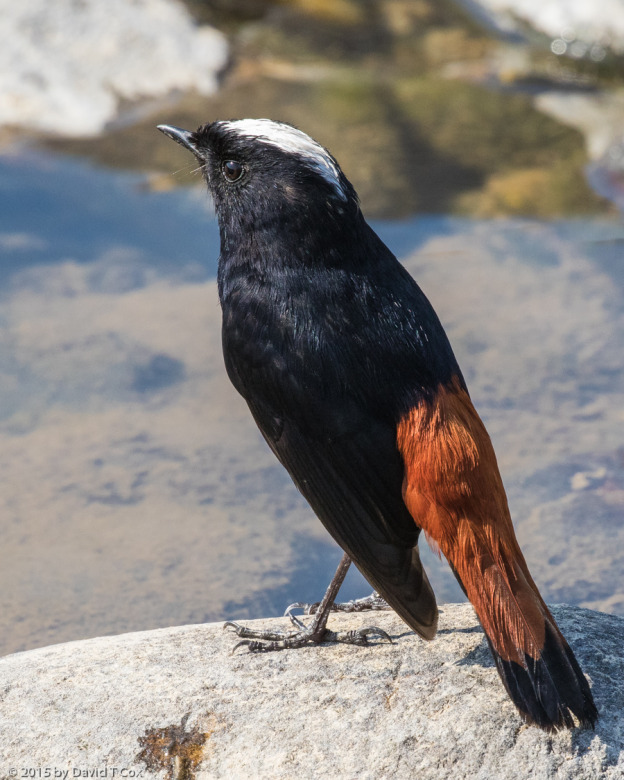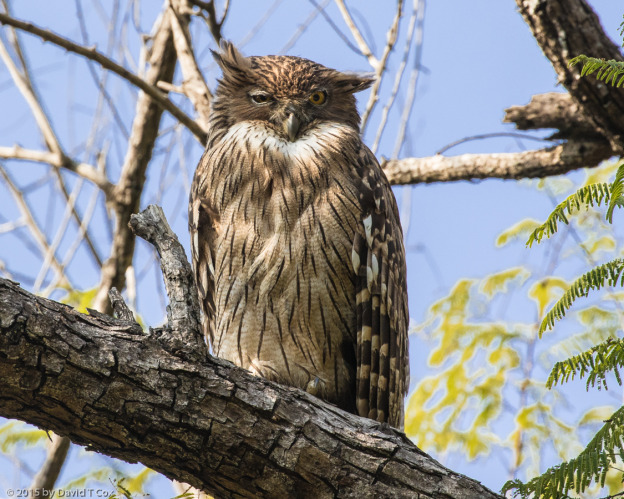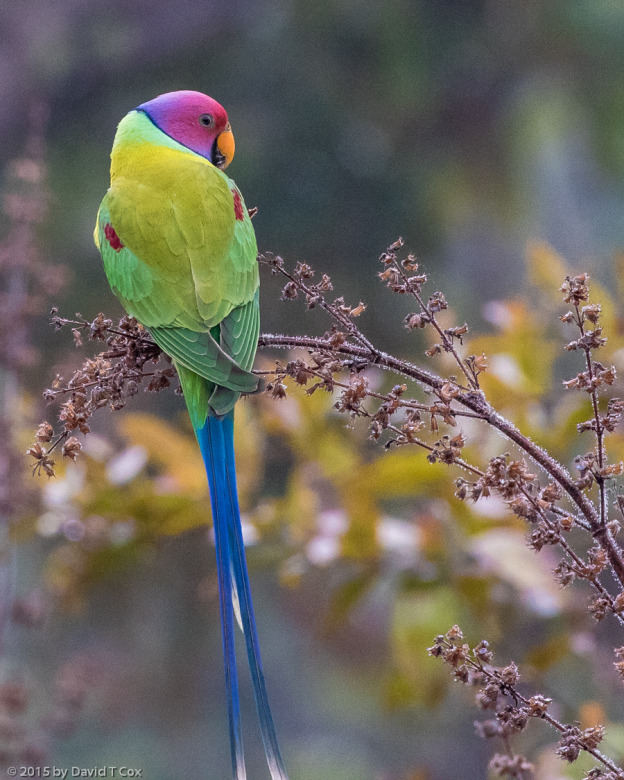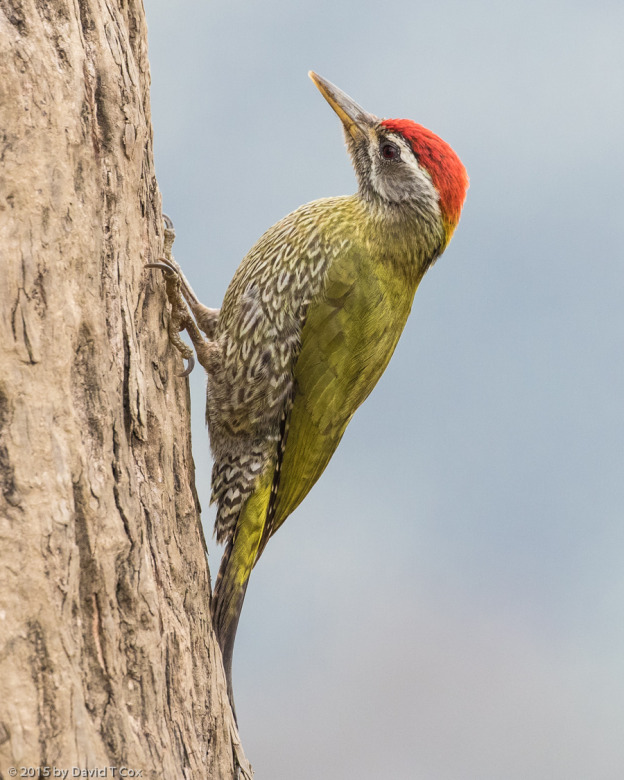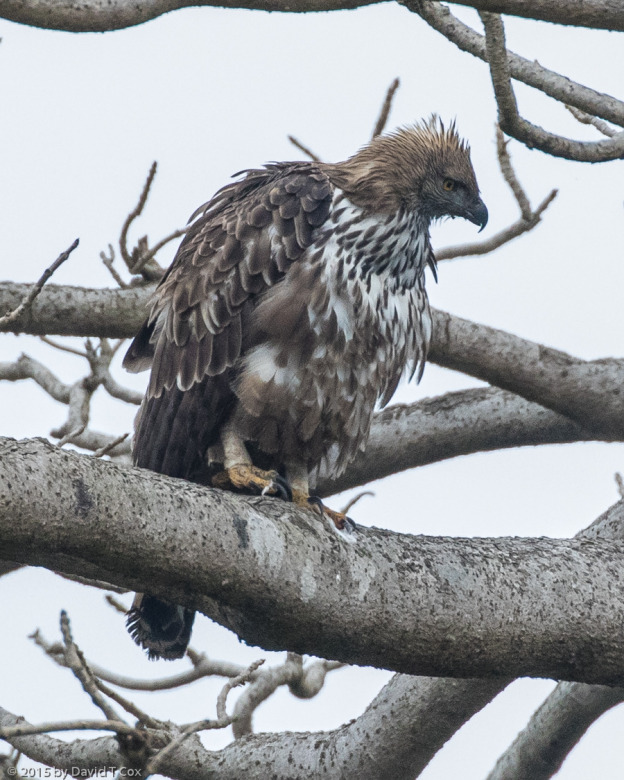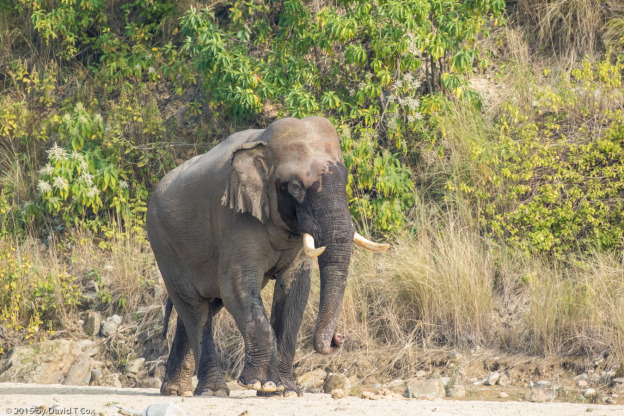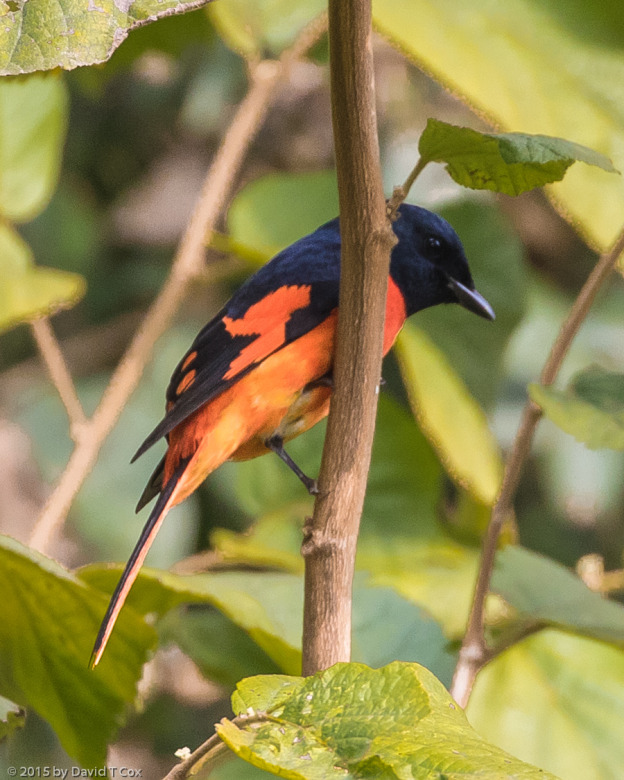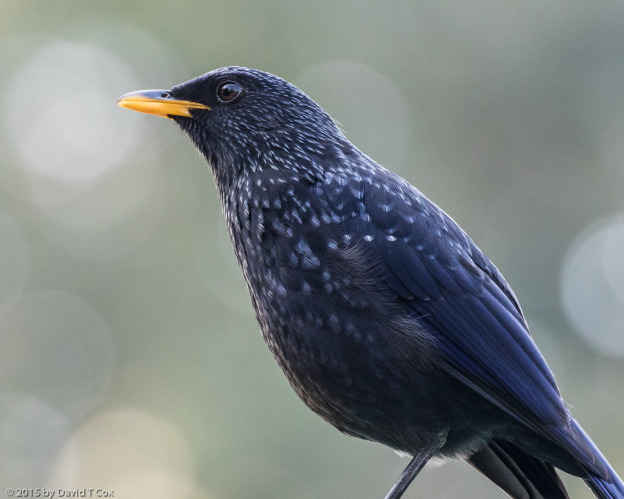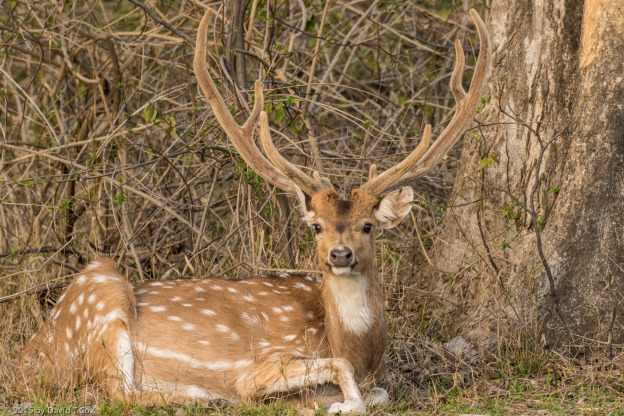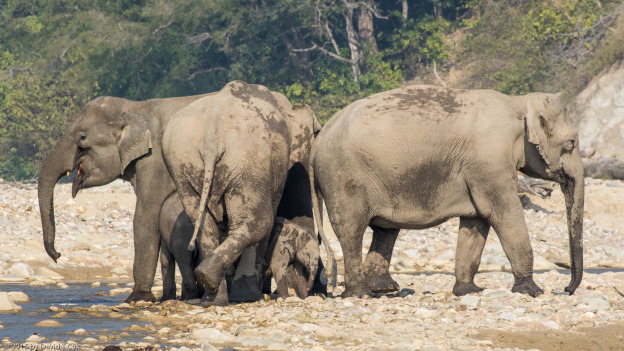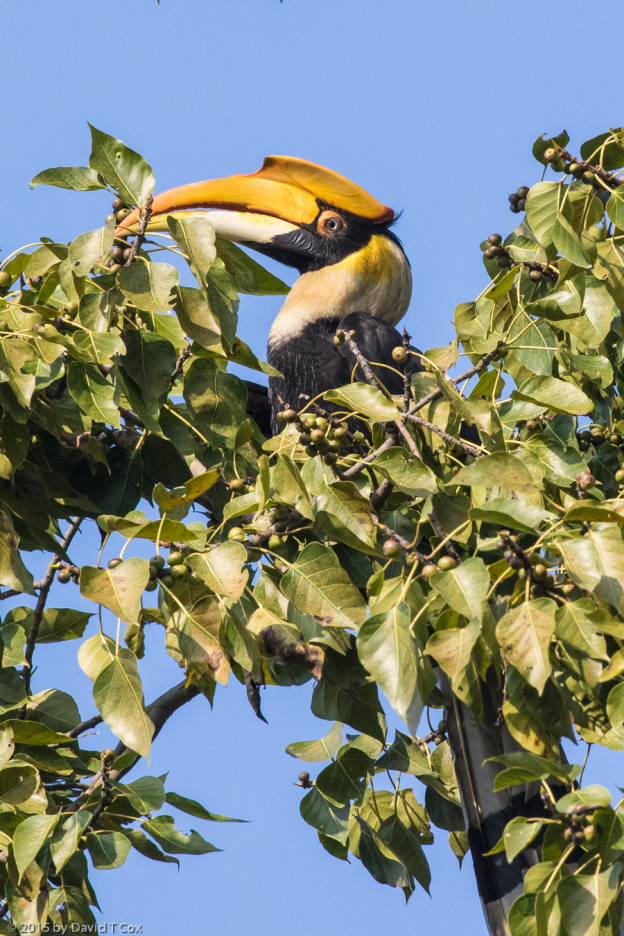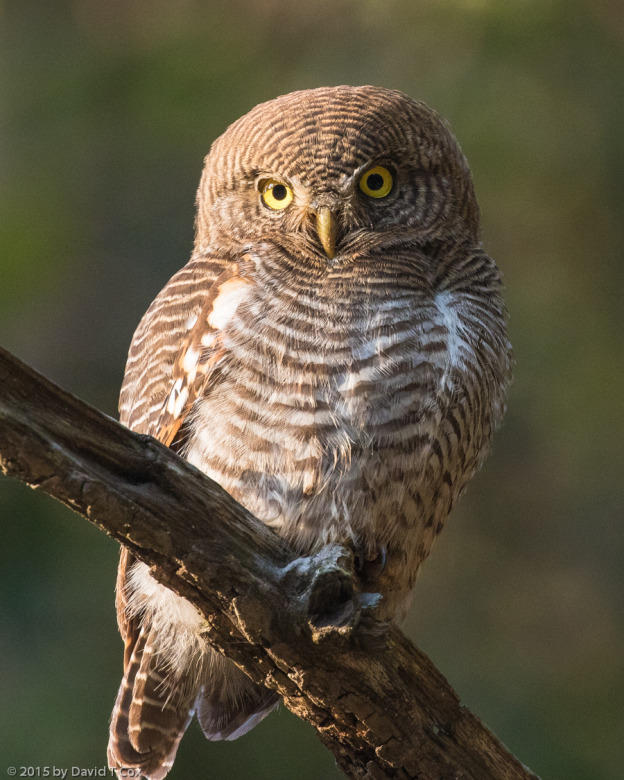All Photos Are Below the Travelogue Text
Click on Any Photo To Open Slide Show
To print the travelogue, right click anywhere on the page. Choose "Print" from your browser dialog box. You can choose Save to PDF in the browser print window.
Share your thoughts.
Email Dave - coxdavid55@hotmail.com
Since my last posting, I have visited the more famous tourist spots of Jaipur, in Rajasthan, as well as the small National Park of Sariska, and the first of the great Indian National Parks and Tiger Reserves, Corbett, in the Himalayan foothills.
First Jaipur: I traveled to the “Pink City” where I spent just a couple of days, as I have visited it before, although many years ago. My favorite site before, and still, is the Amer Palace sitting within the outside confines of the great Amer Fortress, about 10 kilometers from Jaipur. This was the capital of the leading Rajput clan from the 11th to the 18th century. The setting is still one of the most dramatic in India. Within Jaipur, of course the Hawa Mahal (Wind Palace) must be visited just for the exterior view, one of India’s most memorable after the Taj, and the City Palace where the Maharaja of Rajasthan still resides. Beside it is the Jantar Mantar, one of the many great 18th century observatories built by the Maharaja Jai Singh, with its giant calibrated and extremely accurate stone instruments for tracking all planetary positions (for astrological as opposed to astronomical purposes).
From Jaipur I traveled to the little visited Sariska National Park, with its few tigers, but abundant other wildlife. I was situated in a small hotel with a dirt road running right along the Park’s western boundary, and spent one entire day walking along paths just outside and within the Park. Of the larger wildlife, I was constantly surrounded by the Nilghai (Bluebull), the second largest antelope in the world. One large male, who was very close to me, kept issuing alarm calls as he could not spot me, and was troubled by a Rufous Treepie sitting on its ear trying to pick ticks from the ear canal (see photo). Within the Park, on safari ride with a customarily rowdy group from Australia (I think I was able to give better than I got – 3 months of practice a few years ago in the Outback trained me well), I finally got decently close to both the Bar-headed geese and the Painted Storks, both of which avoided me at Keoladeo.
From Sariska I traveled to Delhi, where I spent the night before the long drive up to the Jim Corbett National Park and Tiger Reserve in the Himalayan foothills. The park is named for the great white hunter, Jim Corbett, who, in the early 20th century, tracked and killed more man-eating tigers and leopards than any other person. He also spent some years in Africa as a “great white hunter”, and perhaps is the most famous of the genre in history. In childhood I grew up reading his books telling the many tales of the different man-eating tigers he had tracked and dispatched; these stories created lifetime memories and sometimes nightmares for a boy growing up in tiger infested jungles. In his later years, towards the mid-century, he turned preservationist, as have so many famous hunters, and is credited with pushing for the creation of wildlife reserves; the Corbett National Park is the first and still largest of the many Indian tiger reserves now dedicated to the preservation of the endangered species.
My first day in Corbett I spent traveling to the very heart of the huge preserve to stay at the jungle camp of Dhikala, by Ramganga River and Lake. Here is the heart of tiger-land, teeming with wildlife and birds. It takes about 3 hours of jeep trail driving within the park just to reach the camp; I had hoped to spend at least 3 days here, but could only book one long day (and night). From entry to exit of the park, in just over a 24 hour period, I spend 11 hours on private safari. AND, did I mention I saw TIGER – TWICE, first in the afternoon ride, and again the next morning. This was my first sighting of live tiger in the wild since some views of late night road-crossings in boyhood.
The first tiger was resting in the middle of the jeep track, with the setting sun in the background, and a herd of Spotted Deer just up the trail warily watching the tiger. The tiger finally sauntered off in the general direction of the deer, and then into the jungle. We moved the jeep up, and within 10 minutes the tiger reappeared from the edge of the jungle within just 20 meters of the jeep. I must say, being alone in the back of an open jeep, with just the driver, and a tiger within a few bounds is exhilarating, and affected me more than the lions of Africa. The following morning I again saw a tiger crossing a trail, perhaps the same tiger. The central area around Dhikala also had a large number of other animals, including the endangered Gharial (Gavial) crocodiles, of which I previously wrote; they have been reintroduced into the Ramganga River and Lake, and seem to be doing well, but can only be spotted at great distance, together with the mugger crocodiles which are fairly common in the Indian jungle rivers.
My next three days at Corbett had been booked by the agency at an expensive resort, which, it turns out, is a destination resort for Indian families and conferences. This “resort” turned out to be 23 kilometers of single track jeep trail away from the central town (and away from Park gates and the highway). That 23 kilometers turned into 1 hour and 10 minutes of kidney-painful driving, EACH way; this before transfer by jeep from Ramnagar for the 10 to 30 minutes to the various gates to start the safari rides. I was required the first morning to leave the hotel at 5am to get the 6:30 safari. After some trouble I was able to rebook into a cheap hotel in the town of Ramnagar which suited me fine for the remaining safari rides.
Anyway, my next safaris all were into the Park, but none went so far into the interior as the great Dhikala site. However, a great deal of wildlife is visible, including many Asian Elephants (wild, of course), Spotted Deer, the bucks with massive antlers relative to their small size, Sambar, Wild Boar, Great Hornbills, and a good variety of other birds, including 4 species of the brilliant colored Minivets, the rarely seen Kalij Pheasant, and the impressive Grey-headed Fish Eagle and Changeable Hawk Eagle. I have included a fairly large selection of wildlife and bird photos with this posting – and did I mention I saw TIGERS.
On a separate note, let me talk a little about forms of bureaucracy in the country which can boggle the mind. All permits for such things as the Park entries, jeep safaris, all hotel registrations, and many other activities require a time-consuming filling in of forms. All hotels, even the top tier ones, not only require for registration all passport and all Indian visa details (numbers, dates and places of issue and expiry) but full addresses, telephones, India arrival and departure dates, places just arrived from and next destinations etc. – and these must be hand-filled in, in painstaking detail, in giant ancient style ledger books, with multiple tiny columns into which one must try to fill entire addresses into boxes the size of this word “addresses”. And then the government form comes – requiring of foreigners again all the same information as filled into the ledger – this government form must be hand filled out in triplicate, by the foreigner, written onto old-fashioned sheet forms with carbon paper used in between the different colored sheets. Safari bookings require such ledger book detail, then the filling in of the permit paper itself – and on arrival at the Park gates, one again must show the passport and fill out another ledger book. Nowhere, except at a large Delhi and Agra hotel, have I seen a computerized system. All restaurants in the large hotels also have a person sitting behind a desk who hand-transfers all one’s order information into a large ledger, and onto separate sheets, which then are taken to the hotel registration desk to be stapled to the room information. Almost every third-world country I have visited has better systems, including computers, at the more expensive establishments. I never would have thought India, with its huge technology universities, could be still so completely mired in a form (pun intended) of such outdated record-keeping, mostly dating back to the British Raj of the first half of the 20th century.
I have returned today to Delhi to spend the night before my airport transfer in the morning to fly to Kathmandu for 9 days in Nepal. As I only rarely have had internet access, even in the fancy “resorts”, I do not know when I again will be able to make a posting. Later. Dave
To print the travelogue, right click anywhere on the page. Choose "Print" from your browser dialog box. You can choose Save to PDF in the browser print window.
Share your thoughts.
Email Dave - coxdavid55@hotmail.com
